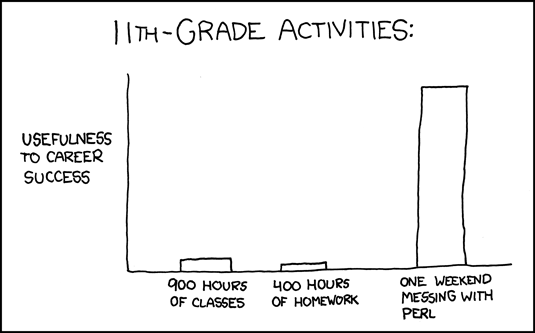
In an age dominated by technology, empowering the younger generation with essential skills has never been more important. As the digital landscape evolves, proficiency in programming languages becomes a valuable asset. Among the plethora of coding languages, Python stands out as an ideal gateway for children to enter the world of coding due to its simplicity, versatility, and an engaging learning curve.
Below, you will find information on the many benefits and the profound importance of Python for kids. Beyond conventional educational methods, it is also vital to explore the transformative power of an interactive approach in particular, emphasizing the role it can play in nurturing creativity, logical thinking, and problem-solving skills from an early age.
Join us on a journey where Python becomes more than just a programming language, it becomes a vehicle for children to embark on a captivating adventure of learning and self-discovery!
Basic Concepts
Some of the most basic concepts that children experimenting with Python will come across are variables and data types, conditionals, loops and functions.
With these fundamental concepts, children can start to grasp the basics of Python programming. For example, they might create variables to store information, use conditionals to make decisions (like in a simple game), repeat actions with loops (like printing a pattern), and organize code into functions for better readability and reuse. These concepts lay a strong foundation for further exploration and understanding in the world of programming.
Creative Projects
Encouraging children to explore Python through creative projects not only makes learning enjoyable but also fosters a deeper understanding of programming concepts. Here are a few engaging projects that blend coding with creativity.
- Storytelling Adventures
Invite children to craft their digital stories using Python. They can use variables to store characters and plot points, conditionals to create different story branches based on user choices, and functions to organize the narrative. This project not only hones programming skills but also taps into their imaginative storytelling abilities.
- Drawing And Graphics With Turtle Module
Introduce the Turtle module to turn coding into an artistic endeavor. Children can draw geometric shapes, intricate patterns, or even create their digital art. With loops, they can automate repetitive drawing tasks, and functions can be employed to create reusable drawing segments. This hands-on approach transforms abstract coding concepts into tangible, visually stimulating creations.
- Mad Libs Game
Bring humor into coding by developing a Mad Libs style game. This project involves variables to store different parts of speech, conditionals to adapt the story dynamically, and functions to organize the game’s structure. This not only teaches the importance of user input but also reinforces the concept of variable manipulation within a program, making learning both entertaining and educational.
Web Development
Introducing children to interactive web development with Python can be a dynamic and rewarding educational experience. Starting with HTML and CSS lays the foundation for understanding the fundamental building blocks of the web. Children can learn HTML to structure the content of their web pages, using elements like headings, paragraphs, and images. CSS allows them to bring their creations to life by styling and positioning these elements, showcasing their design flair.
As children progress, incorporating Flask, a lightweight web framework for Python, takes their skills to the next level. Flask enables them to transform static web pages into dynamic, interactive websites. By integrating Python code into their HTML pages, they can create responsive applications that respond to user input. Flask’s simplicity makes it accessible for beginners, allowing children to understand the concept of server-side programming while building projects such as personal blogs, interactive quizzes, or simple web-based games.
